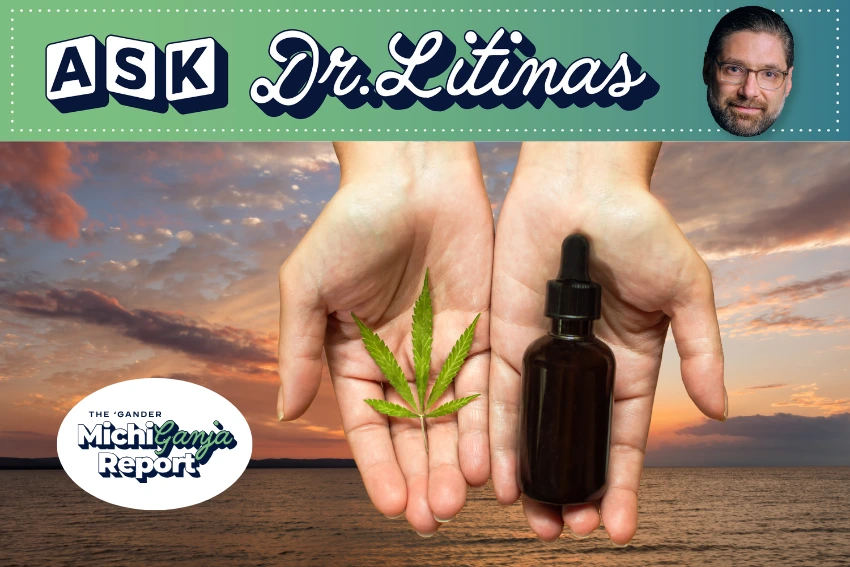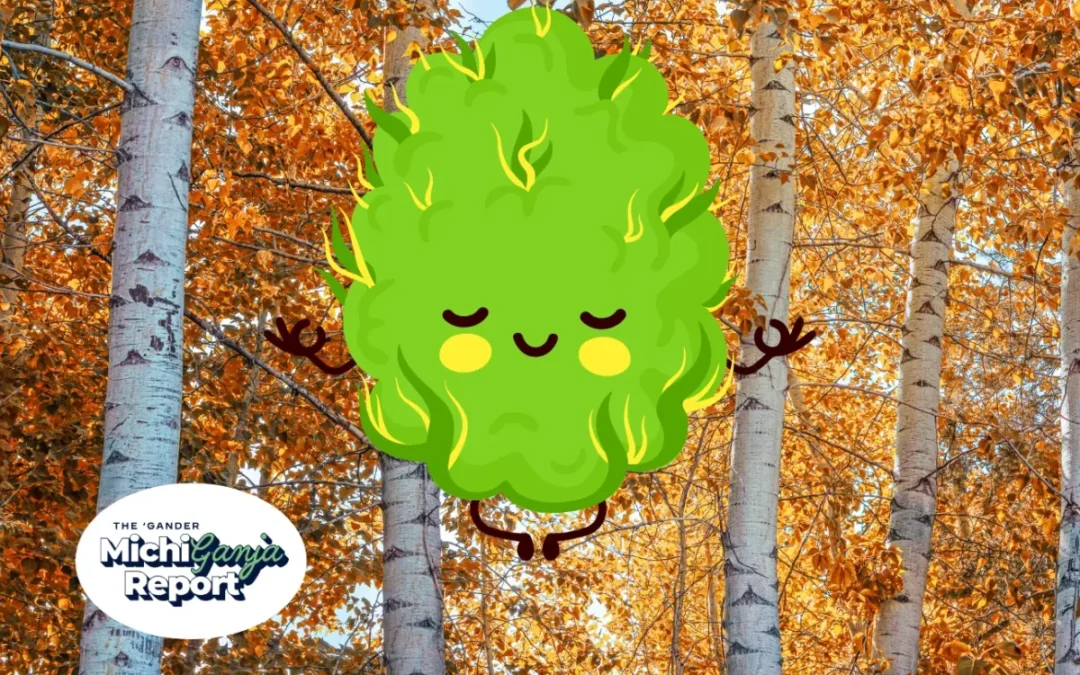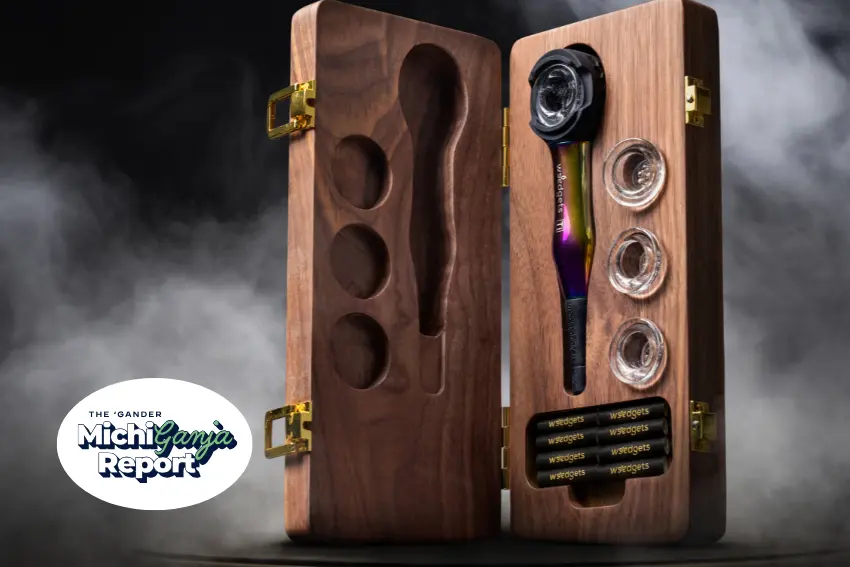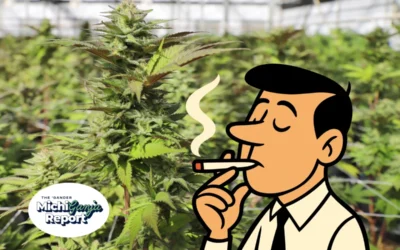
Ask Dr. Litinas is a column that publishes twice monthly as part of The MichiGanja Report—our free, weekly newsletter about all things marijuana. Click here to sign up.
MICHIGAN—Last month, I wrote about the idea of downstream effects—the physical, mental, and emotional outcomes that unfold after cannabis interacts with your body’s endocannabinoid system. We also explored the three main parameters you can adjust to guide these effects.
Now let’s take a closer look at the first of these: cannabinoid ratios.
Why cannabinoid ratios matter
When you consume cannabis, you’re not just taking in “cannabis.” You’re introducing a blend of cannabinoids, each of which communicates differently within your body by acting on a variety of receptors. THC, CBD, CBN, CBG—these are more than just letters. They’re distinct compounds, each with their own medicinal properties and influence on your downstream effects.
The ratio of cannabinoids in what you consume is part of what sets the initial conditions of the chemical conversation between cannabis and your body. That’s why this part matters so much.
THC, CBD, and the spectrum between
Most people are familiar with THC and CBD, the two major cannabinoids. But what many don’t realize is how dramatically different their effects are—not just on their own, but in combination.
THC alone often brings euphoria, sedation, or relief—but it can also cause anxiety or grogginess, depending on the dose. CBD alone tends to be non-intoxicating, with effects more often described as calming, grounding, or balancing.
But THC/CBD combinations create an entirely new spectrum of downstream effects. A 1:1 ratio can soften THC’s intensity while still offering its benefits. Ratios like 2:1 or 20:1 (CBD-dominant) further shift the balance, shaping the experience toward the outcome you’re aiming for.
Beyond the big two
While THC and CBD dominate the conversation, they’re not the whole story.
Minor cannabinoids like CBN (linked to sleep support) or CBG (studied for focus and gut health) each add their own “voice” to the mix. Including these in your cannabinoid ratios opens up even more ways to contour the downstream effects toward your specific goals.
Setting your goal
The key question to ask is: What am I using cannabis for right now? If it’s pain relief, you may look for a THC-dominant ratio. If it’s anxiety or daytime focus, a CBD-dominant option might be better. If it’s sleep, a blend of THC with a touch of CBN may give the best support. The point isn’t to chase the strongest product. It’s to choose the right ratio for your intended outcome.
A word of caution
These are potent medicinal compounds. How they interact with your body can be intense. Ratios don’t erase the need for mindfulness: start low, observe carefully, and respect the chemistry at play. Over time, as you become more attuned to your own responses, you’ll learn to choose ratios that reliably guide your downstream effects in the direction you want.
And this is just the beginning. Later this month, we’ll explore the how—the different methods of administration—and how they shape the way these ratios are expressed in your body.
This content is for education, not medical advice. Talk to your doctor before making any health decisions—especially when it comes to cannabis. Products are only for adults ages 21 and up.
READ MORE: Can cannabis actually help you sleep—or just make it worse?
Got a question about weed for Dr. Litinas? Send it in here. We’ll get you a response.

Want more cannabis news delivered right to your inbox? Click here to sign up for The MichiGanja Report—our free, weekly newsletter about all things marijuana.

5 quick hits of cannabis news from across Michigan
MICHIGAN—It’s getting chilly out there, but Michigan’s cannabis headlines are still on fire. A new wholesale tax is still rattling dispensaries,...

Michigan’s weed laws: 7 things every stoner should know
Is it legal to smoke weed in public in Michigan? Not exactly. Here’s a quick commuter guide to what’s actually allowed under state law....

MichiGanja in Review: This ‘coughless’ pipe might make me quit rolling joints
Weedgets’ new Maze-X pipe cools, filters, and delivers a surprisingly smooth hit that even joint loyalists can appreciate. I might even ditch my...

Industry group files lawsuit to block Michigan’s new wholesale tax on weed
BY KYLE DAVIDSON, MICHIGAN ADVANCE MICHIGAN—A cannabis industry trade association is challenging the state’s newly approved tax on the sale or...

‘Kiss My Grass’ shines light on barriers Black women face in Michigan cannabis
DETROIT—Some films entertain you. Others make you sit in uncomfortable truth. Kiss My Grass does both. Co-directed by Detroit native Mary Pryor,...





